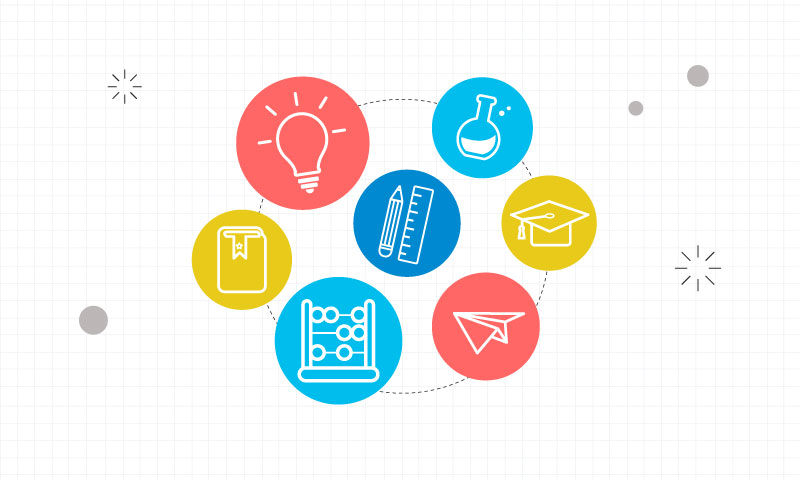Tips for Designing an Effective Curriculum
Everything you’ve ever learnt has been under a set curriculum. Which is why curriculums play a pivotal role in all kinds of education and learning. Right from setting the pace to the level of learning, the curriculum defines the entire learning experience of a student. Being the life line of learning, a curriculum is not only a necessity but also greatly changes how effectively a student is able to learn and absorb knowledge.
While crafting a curriculum for an effective learning experience, a few variables need to be taken into consideration.
Outcomes
Any knowledge or information is only as good as its application or end result. This is why the primary variable to be considered while crafting a curriculum is setting objectives and outcomes. Outcomes define the entire approach of instruction and learning. For example: You wish to learn how to paint. But what is it that you wish to paint, a canvas? A house? Or even a building. Approaches of learning and techniques used to learn all vary with what you wish the end result to be. By determining the outcome, you wish to come to, you can essentially determine the entire course of learning and hence shape the learning process to its optimal level.
Content
Once your objectives have been decided, the next step for any curriculum is deciding the content. The content essentially is the drawing board of a curriculum. Based on the content one decides upon, the level of learning and duration is determined. Planning the content also involves selecting and eliminating content based on what is deemed suitable for the program being designed. Content for a curriculum is determined based on the objectives set and the duration of the program. The content of a curriculum can also be used as a tool to help learners graduate into complex concepts by starting out with simpler and more basic concepts.
Instructional Strategies
How learnings are experienced and knowledge is transferred varies with whichever instructional strategy is the most effective. Based on the selected subject an instructional strategy can be created to deliver effective results. Instructional strategies can be chosen based on the outcome required from the learning. For example; arts and crafts can be taught theoretically but practical hands-on experience delivers the best knowledge transfer in this case. Similarly based on content required from the learning strategies are decided for effective learning experiences. Action strategies are also based on the student themselves so each instructional strategy is devised based on what is suitable for the learner for the subject being taught.
Technology
The technology used to teach greatly impacts the effect of the learning. The curriculum that is defined in the beginning of a learning experience must rely on the technology being used for instruction of the curriculum. For example; universities and institutes in the GCC Countries and UAE began using audio-visual tools as supplement for the common methods of teaching at the time in metropolitan cities such as Dubai in the Middle East. This greatly impacted how the learners responded to the information being taught and raised their learning experience by a great degree.

Next learning platform is developed over the above points in value. The platform helps design, create and maintain curriculums, while also providing a platform for reporting and analysis of student performance. This helps create a one-stop solution for institutions to develop a student’s learning experience holistically.






Recent Comments